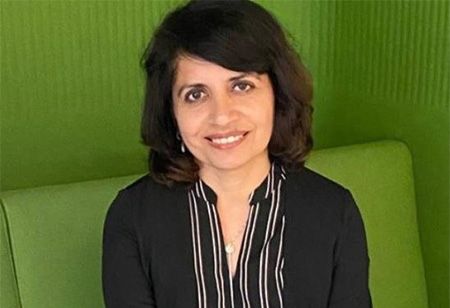Malti Sachdev, Head, Varian India

In a webinar by ASSOCHAM on revolutionizing early cancer detection, Malti Sachdev, Head, Varian India shares her views on the relevance of taking cancer treatment in the early detection stages and the mindset to shift from fear to empowerment. She has also shed light on the need for implementing advanced technology, insurance reforms, and awareness to reduce financial tension and transform the future of cancer care. Following are the key insights from her address:
The urgency of early cancer detection remains a major challenge in India today, as many patients seek treatment too late. For instance, only 15% of breast cancer patients are diagnosed at an early stage, and screening numbers for oral, breast, and cervical cancer remain alarmingly low, just less than 5%. Hence, it is crucial to shift the mindset from fear to empowerment by making cancer screening an accepted routine practice, which means simplifying messages and communication and also ensuring that patients can get their screening done on a timely basis.
Consider the case of lung cancer detection early; the five-year survival rate is 70%. However, if detected late, the survival rate drops to 12%. Early screening saves lives and also significantly lowers the financial burden of cancer treatment. Besides, it is vital to learn from the global models as structuring national insurance schemes to emphasize outcome-based healthcare is equally important as providing treatment. There are many schemes where incentives are linked to early detection and successful treatment outcomes. Hence, it is essential to apply these learnings within the nation to ensure a much higher degree of early detection.
The cancer treatment in India is rapidly evolving worldwide and it is important to ensure advanced and more effective and cost-effective technologies are continuously integrated into the national health scheme. The classical example is hypofractionation in radiation therapy, which is a technique that delivers radiation therapy in fewer sessions while maintaining effectiveness. Hence, more number of patients can be treated in the same center. The health financing and technology unit within the National Health Authority is a great step in this direction, but we need to ensure that reimbursement models are continuously reflecting these technology advancements. Also, data sharing with researchers will ensure that the ability to analyze trends and refine cancer care strategies happens on an ongoing basis.
As a nation, India continues to have a significant demand-supply gap and to bridge this gap, it is crucial to ensure that healthcare reaches tier 2 and tier 3 cities. In the recent budget announcement, there has been a significant effort to create cancer centers in all district hospitals, and it will be important that these centers are equipped with all the modalities as cancer requires a patient to undergo surgery, radiotherapy, immunotherapy and radiotherapy. Hence, it will be important that the center be equipped with all modalities to provide timely treatment to patients. Moreover, the other important point is how the healthcare sector leverages medical colleges to set up dedicated radiation therapy units and train specialists.
Implementing a hub-and-spoke model where major cancer medical colleges can act as hubs supporting smaller cancer care centers. Cancer care has to evolve from a very treatment-centric model to a holistic approach covering screening, prevention, and survivorship. To drive structured awareness campaigns, engaging corporates, PSUs, and healthcare stakeholders is essential. Nowadays, India has a unique opportunity to redefine cancer by ensuring early detection, which is not just a privilege but a right. By focusing on awareness, technology availability, insurance reforms, and accessibility, the healthcare industry can save lives, reduce financial stress, and transform the future of cancer care in India.